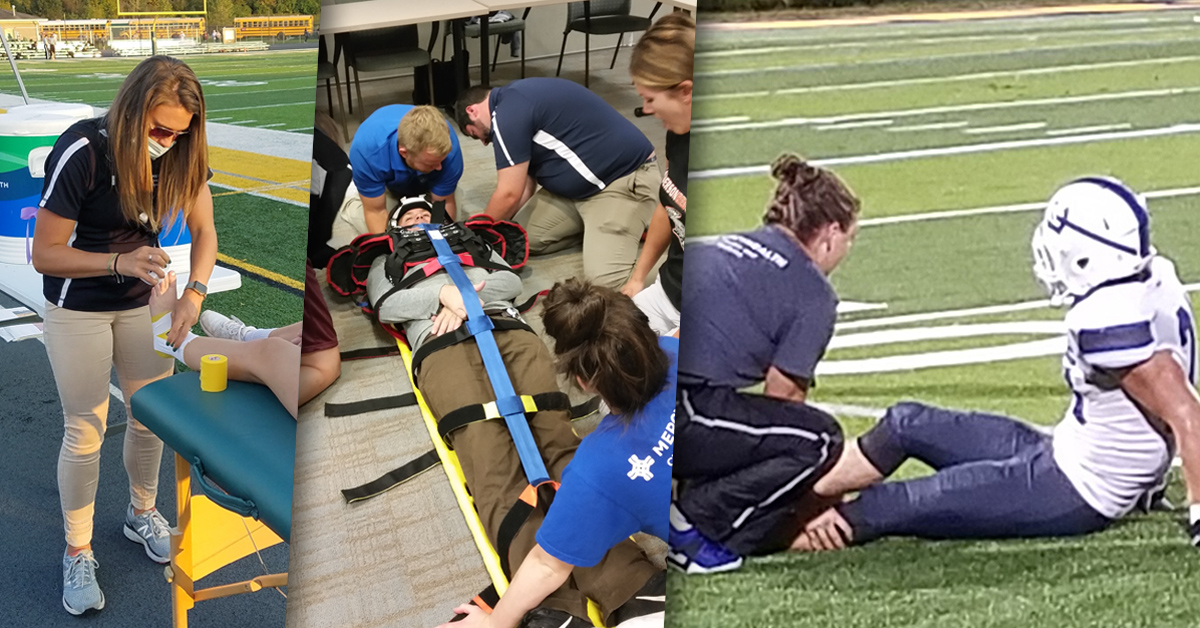If your hips are feeling painful or aren’t moving well, you might have hip tendonitis. Tendonitis is a common problem that can also happen in other areas of your body. It develops when an overused or injured tendon becomes irritated and causes pain. It’s common to get tendonitis in your elbows, shoulders, knees and ankles in addition to your hips.
What is hip tendonitis?
Hip tendonitis happens when a tendon in your hip gets inflamed or irritated. If you’ve injured or overused your hip, the tendon can become painful.
Hip tendonitis tends to affect people who do sports and activities that have repetitive motions, such as running, swimming and bicycling. It can also develop if you take high-intensity exercise classes that involve repeated squatting, jumping, cycling or kicking.
Hip tendonitis can affect you at any age. However, it tends to happen to adults over 40 years old. That’s because the tendons in the body age and become less elastic over time.
Symptoms of hip tendonitis
Hip tendonitis affects one of the most-used muscles in your body, the iliopsoas. Symptoms of hip tendonitis include:
- Clicking sounds in your hip
- Pain in the front of your hip while you’re walking, running or kicking
- Pain in the front of your hip while you’re doing minor daily activities, such as putting on socks or getting out of a chair
Some treatments for hip tendonitis include wearing special shoes and taking medicines that reduce swelling. There are also effective stretches you can do to ease the pain.
Simple stretches for hip tendonitis
Stretching your hip in a certain way can relieve hip tendonitis. A gentle stretch can realign the fibers in your tendon and loosen up the hip flexors.
Try these three classic stretches for hip tendonitis.
Hip flexor floor static stretch: Gently get down on the floor on one knee (the side of your injured hip). Put a pillow under that knee. Keep your opposite knee bent at a 90-degree angle so your foot is flat on the floor. Slowly lunge forward on the opposite bent knee to gently stretch the hip flexor. Hold the stretch for about 30 seconds. Repeat it three times. Immediately stop if there’s any pain.
Standing hip flexor dynamic stretch: Hold on to the back of a sturdy chair. Gently and slowly swing the leg with the affected hip back and forth with your foot off the ground. This is a good stretch to do when your hip is nearly healed. It’s also a good warm-up stretch before exercising.
Standing quad stretch: Stand behind the back of a sturdy chair. Slowly bend your knee (of the affected hip) back at a 90-degree angle. Grab your ankle and pull it behind you for a gentle stretch. Keep your upper body straight without leaning. You want to feel the stretch as you pull your ankle up and back. If you can’t reach your ankle, loop a belt around your foot that you can grab for the stretch. Hold the stretch for 30 seconds and repeat three times.
It’s always best to see a doctor before you begin to treat any hip pain on your own. Learn more about the sports medicine services offered at Mercy Health.






